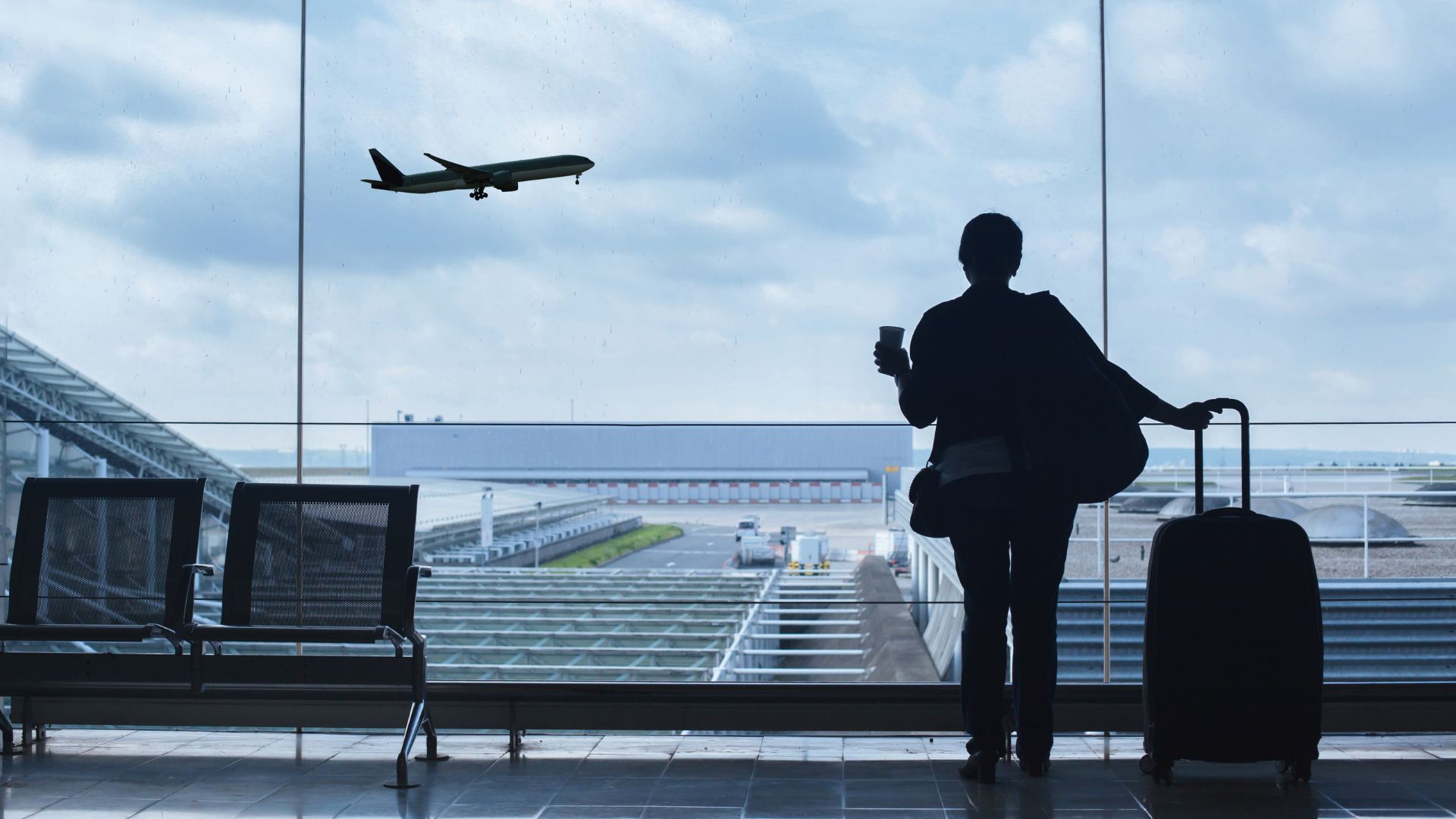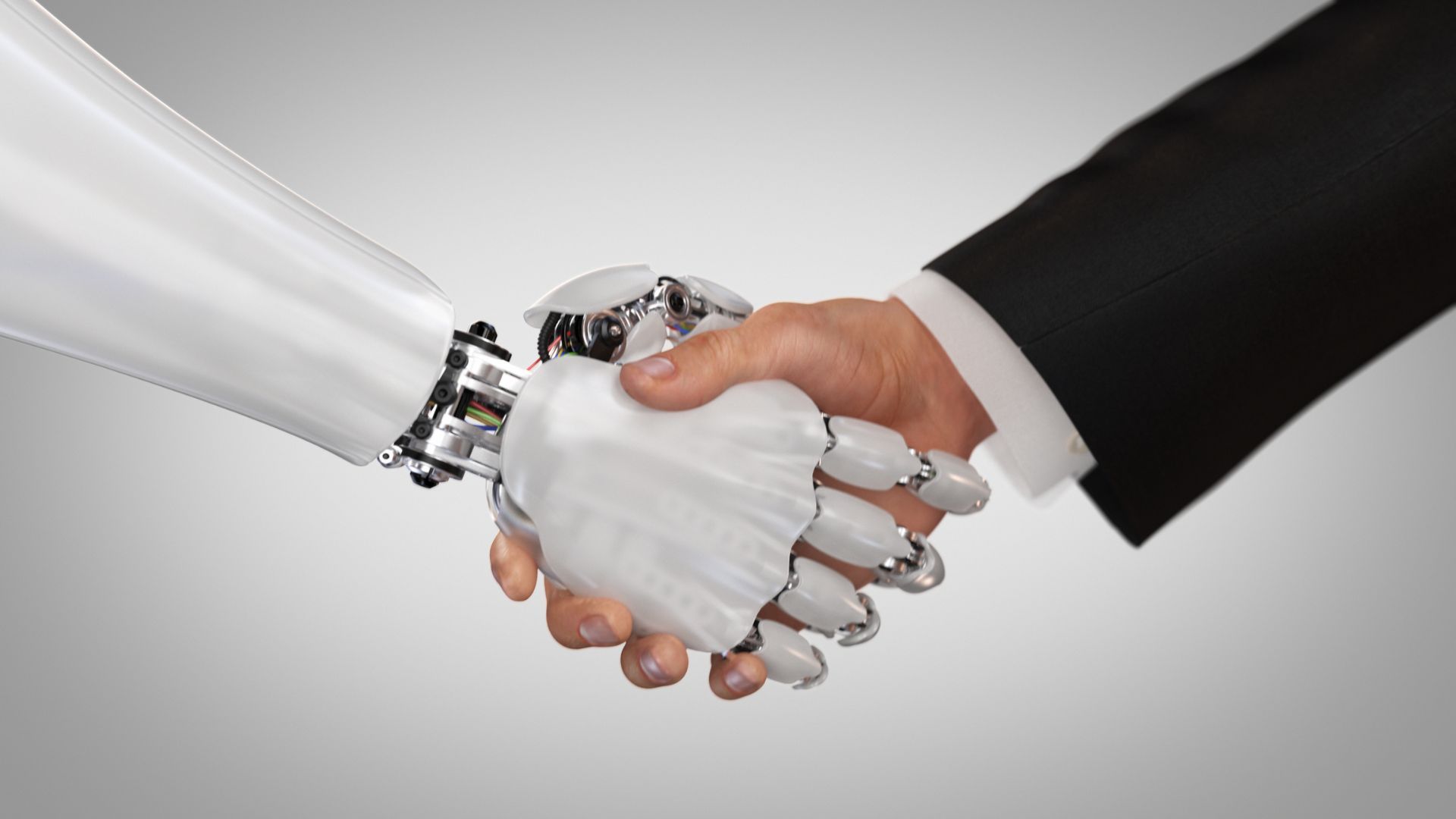Overcoming common struggles on moving country for a WHV
people2people • October 25, 2023

Australia's vast and diverse landscapes, friendly locals, and a multitude of opportunities make it a dream destination for travelers. One of the most popular ways to explore the Land Down Under while funding your journey is through a Working Holiday Visa. This unique program allows young adventurers to live and work in Australia for up to a year. Yet, while Australia offers endless possibilities, relocating to a new country and starting a working holiday visa can present certain challenges. In this blog, we'll delve into the top three common struggles job seekers may face when embarking on a working holiday in Australia and discuss how to overcome them.
The Job Hunt Challenge
The first hurdle many working holidaymakers encounter is the daunting job search. Finding a job in a foreign country can be overwhelming, especially when you're not familiar with the local job market, work culture, and job search resources. Here's how to tackle this issue:
- Market Research: Before your arrival in Australia, research the job market in your desired location. Identify industries in demand and assess how your skills and experiences align with job opportunities.
- Tailor Your Resume: Customize your CV to meet Australian standards. Highlight your skills and experiences relevant to the job you're seeking, and ensure your resume is error-free and well-structured.
- Online Resources: Explore job search websites like Seek, Indeed, and LinkedIn. Additionally, consider reaching out to recruitment agencies specializing in working holiday placements.
- Networking: Attend local job fairs, networking events, or meetups to connect with potential employers and fellow travelers. Sometimes, it's not just what you know but who you know.
Accommodation Challenges
Securing appropriate accommodation is another obstacle that working holidaymakers frequently face. The high demand for affordable housing in major Australian cities can lead to housing shortages and increased competition. To address this issue:
- Plan Ahead: Prior to your arrival, book temporary accommodation for your first few weeks in Australia. This will give you time to explore your options and find a place that suits your needs.
- House Sharing: Consider shared accommodation with other travelers or locals. It's not only cost-effective but also an excellent way to build a supportive community in your new home.
- Hostels and Backpacker Lodges: These are not only budget-friendly but also great places to meet fellow travelers and potential roommates.
- Utilize Online Resources: Websites such as Gumtree, Airbnb, and Facebook groups dedicated to housing listings can help you find affordable and suitable accommodation.
Balancing Work and Exploration
A fundamental aspect of a working holiday is to immerse yourself in the local culture and explore the incredible beauty of Australia. However, balancing work and leisure while adapting to a new culture can be a challenge. Here's how to overcome this:
- Set Realistic Expectations: Understand that your primary purpose in Australia is to work, but that doesn't mean you can't enjoy your time. Create a schedule that allows for both work and leisure.
- Embrace Aussie Culture: Engage with locals, learn about Indigenous cultures, and participate in Australian traditions. This will enrich your experience and help you adapt more quickly.
- Weekend Adventures: Australia boasts a multitude of outdoor activities. Make the most of your weekends by exploring hiking trails, beaches, and the country's stunning natural wonders.
- Prioritize Mental Health: Moving to a new country can be emotionally taxing. Don't hesitate to seek support from fellow travelers, support groups, or professional help if needed.
Commencing a working holiday in Australia can be a life-changing and enriching experience. While common struggles such as job hunting, finding accommodation, and balancing work and leisure may arise, with proper planning, research, and a positive mindset, these challenges can be surmounted. Australia's welcoming culture and breathtaking landscapes await you, and by conquering these obstacles, you can make the most of your Aussie adventure. So, pack your bags, prepare to face these hurdles, and set off on your journey to the Land Down Under!
Find the job you love I Find the right talent
Get in touch with people2people
Australia
I
United Kingdom
In business since 2002 in Australia, NZ, and the United Kingdom, people2people is an award-winning recruitment agency with people at our heart. With over 12 offices, we specialise in accounting and finance, business support, education, executive, government, HR, legal, marketing and digital, property, sales, supply chain, and technology sectors. As the proud recipients of the 2024 Outstanding Large Agency and Excellence in Candidate Care Awards, we are dedicated to helping businesses achieve success through a people-first approach.






